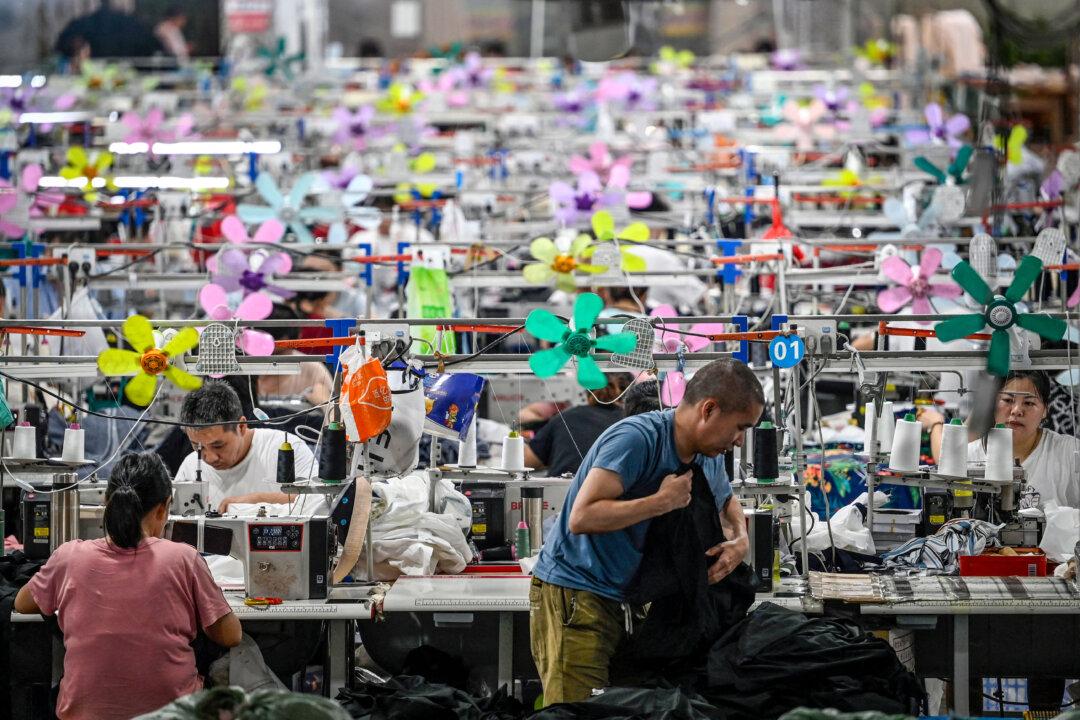Brian Nichols, the top U.S. diplomat for Latin America, has urged countries across the Western hemisphere to stay vigilant over Chinese investments after Beijing opened a massive deepwater port in Peru.
Nichols noted that the United States has been focusing on cooperation with Peru and “making sure that Peruvians understand the complexities of dealing with some of their other investors going forward.”
Nichols made the comments when asked about Chancay port, a China-owned port located about 48 miles north of Lima.
Local Protests
Despite Xi’s lofty promises, discontent among local residents is growing.Once a small fishing village with a population of 60,000, the town has suffered greatly over the past five years because of port construction that relied heavily on explosives. This has not only damaged nearby homes, affecting the well-being of families—especially women and children—but has also thrown the local fishing ecosystem into disarray, disrupting the livelihoods of the community that depends on it, according to a memo from Taiwan’s National Security Bureau viewed by The Epoch Times.
The Chinese construction team has resorted to “intimidation of residents” and “collusion with officials” to keep the extent of the damage under wraps, the memo states.
Dual Use Concern
The Chancay port is controlled by a subsidiary of Cosco Shipping Ports, a Chinese state-owned conglomerate. In 2019, the Chinese shipping giant signed a contract with Volcan Companía Minera SAA, a Peruvian mining company, under which Cosco acquired a 60 percent stake in the terminal project. The company also holds exclusive operational rights for Chancay Port for a minimum of 30 years.Should the rising tensions between Washington and Beijing escalate into a wider conflict, Chinese warships could use this port against U.S. military operations, according to Evan Ellis, a research professor of Latin American studies at the U.S. Army War College.
Aside from its potential military uses, Gen. Laura Richardson, former commander of U.S. Southern Command, expressed concerns about the security of data generated by the extensive operations of the megaport.
“Think about a port,” Richardson said at the Hemispheric Security Conference in Miami in May. “The scanning of cargo: 100 percent of the cargo in and 100 percent out. Who’s doing your scanners? Who’s going to have all that information, who’s going to have all that data?
“So [in terms of] national security concerns ... there are all kinds of things that we can come up with and think through.”
She said that the United States, along with like-minded democracies, should offer “alternatives” for Latin American nations to consider.
Latin America is known for its diverse agricultural products and rich critical minerals, which include nickel, copper, and lithium, an essential element for making batteries powering electric vehicles (EV). According to the U.N. Development Programme, an estimated 60 percent of identified lithium reserves worldwide are in Latin America.
Chancay is one of many port projects in Latin America that is financed by China. According to Richardson, 22 of 31 countries in the region have signed on to China’s Belt and Road Initiative.
Just south of Lima, construction of another Chinese megaport is due to begin next year. Jinzhao Peru, a subsidiary of the Chinese mining giant Jinzhao, won the contract in March to design, build, and operate San Juan de Marcona. The estimated cost for this terminal is $405 million, and it is projected to be the third-largest port in Peru.
The port will facilitate the shipment of iron directly to China from nearby Pampa de Pongo, an iron mine project also being developed by Jinzhao Peru.






